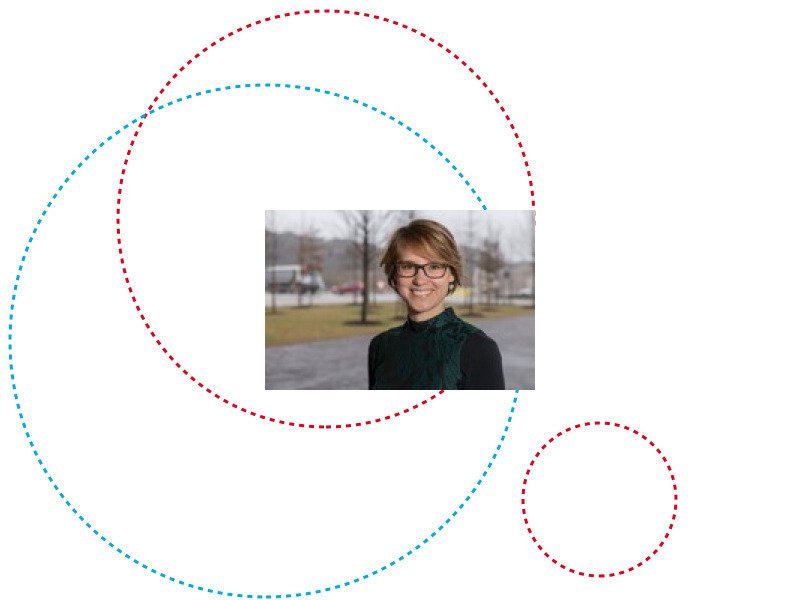Migration flows of the 21st century lead to increasingly multilingual societies and schools. To engage with this ever-developing multilingualism, students are pushed to develop linguistic repertoires they can use flexibly and strategically. However, there is an offset between the multilingual realities of the student demographics and the monolingual language education policies of the schools. This disbalance connects to low achievement levels among linguistic minority students and the reproduction of social stratification. To provide a more equitable access to educational resources, numerous scholars call for a flexible multilingual education that capitalizes on the students’ linguistic repertoires, including the home languages of linguistic minority students.
Translanguaging, the strategic and spontaneous enactment of all linguistic and non-linguistic resources, complies with a flexible multilingual education. Research in bi- and trilingual schools has shown that translanguaging, though widely debated in recent years, can increase knowledge and understanding. Recent works have extended translanguaging research to multilingual Luxembourg.
In Luxembourg’s public primary schools, the linguistic diversity of the students adds to an officially trilingual language education policy. With German being the main medium of instruction, Luxembourgish being the national language and French being taught as a foreign language, the language regime favours students with a Germanic-language background. This is problematic given that over 60% of primary school students indicate having a dominant home language other than Luxembourgish. Indeed, students with a Portuguese, French and South Slavic language background underperform in comparison to students with a Luxembourgish and German language background.
Research has shown that translanguaging begins to be strategically used in preschool, Year 1 and Year 2 classes in Luxembourg, but we lack considerable information on the later years of primary school. My research targets Years 4 and 5. Drawing on ethnographic research methods, I aim to understand to what extent 4th graders with different language and migration backgrounds deploy their linguistic repertoires while engaging in classroom interactions.
This presentation provides an overview of the practiced language policies in three primary schools by, first, identifying the language choice acts and, second, comparing them across year groups and schools.
